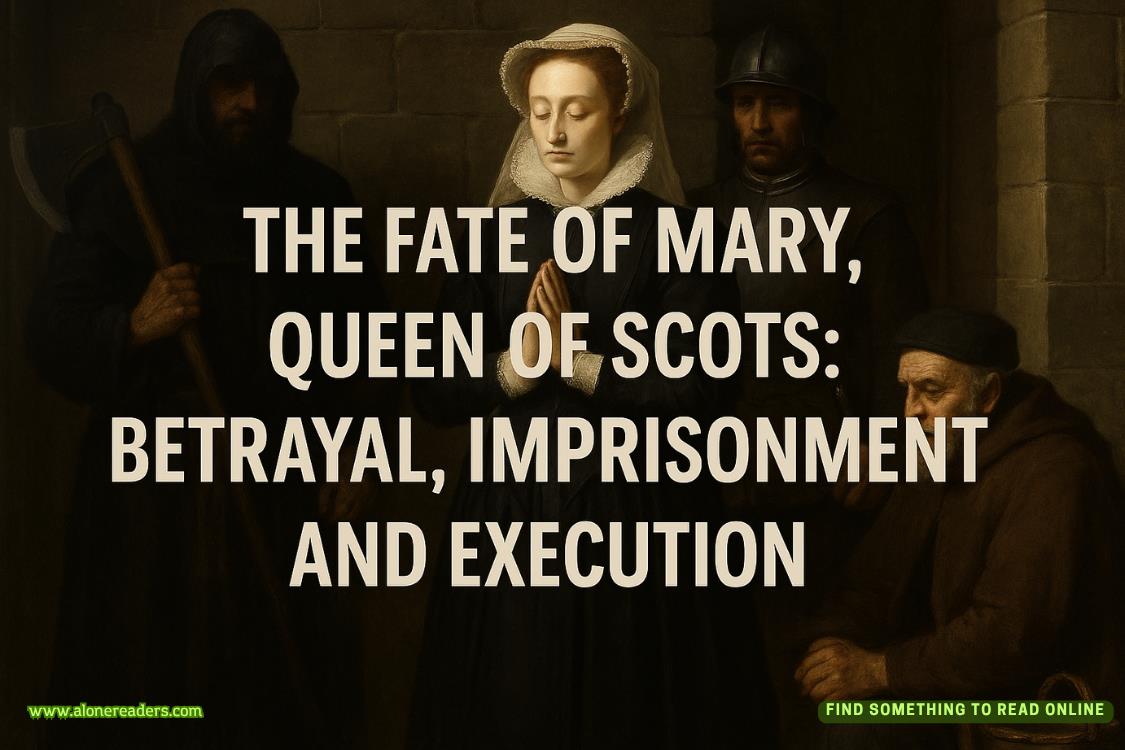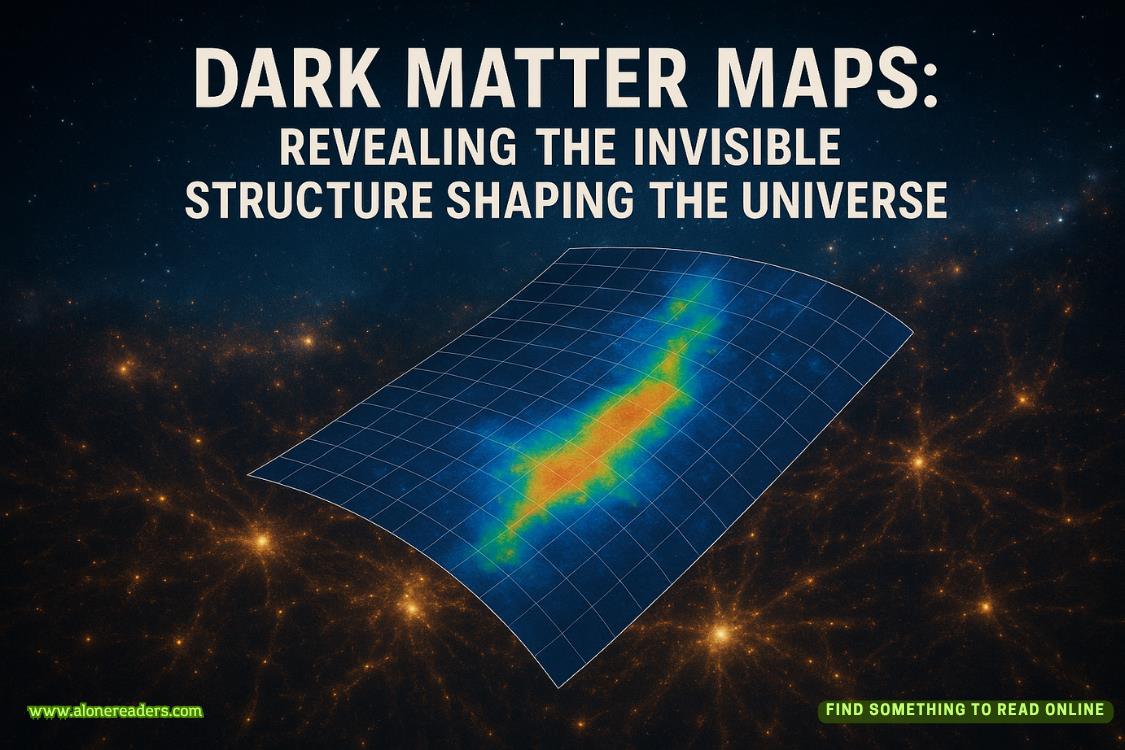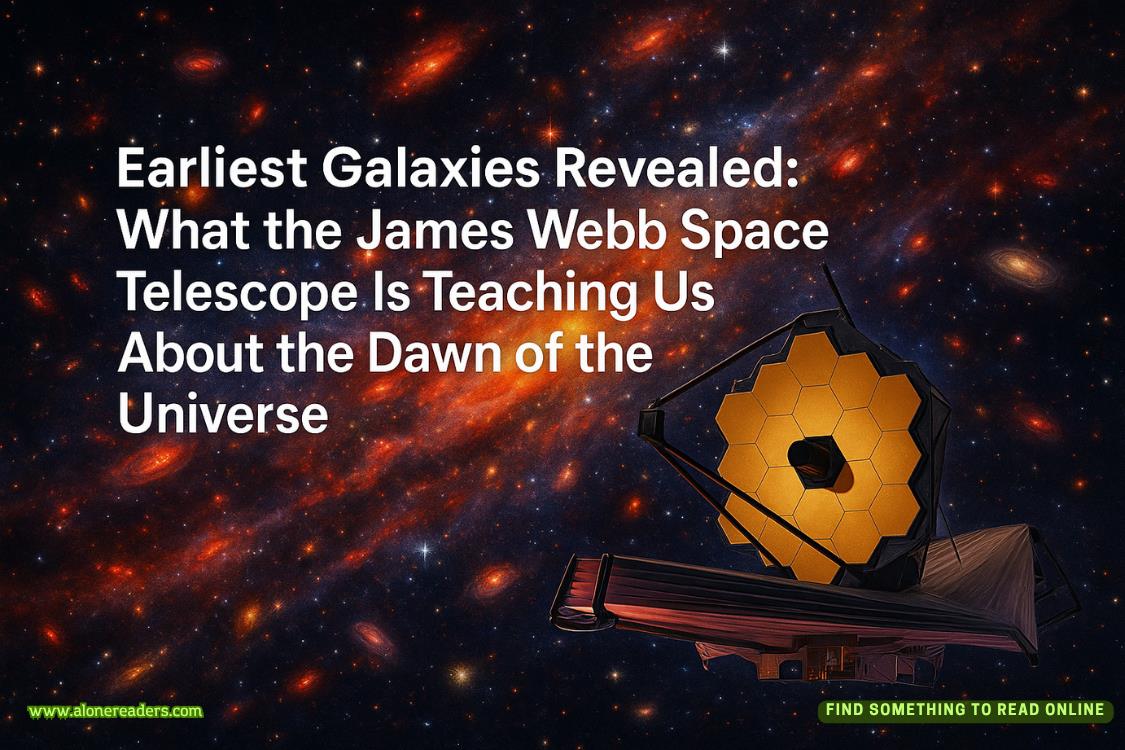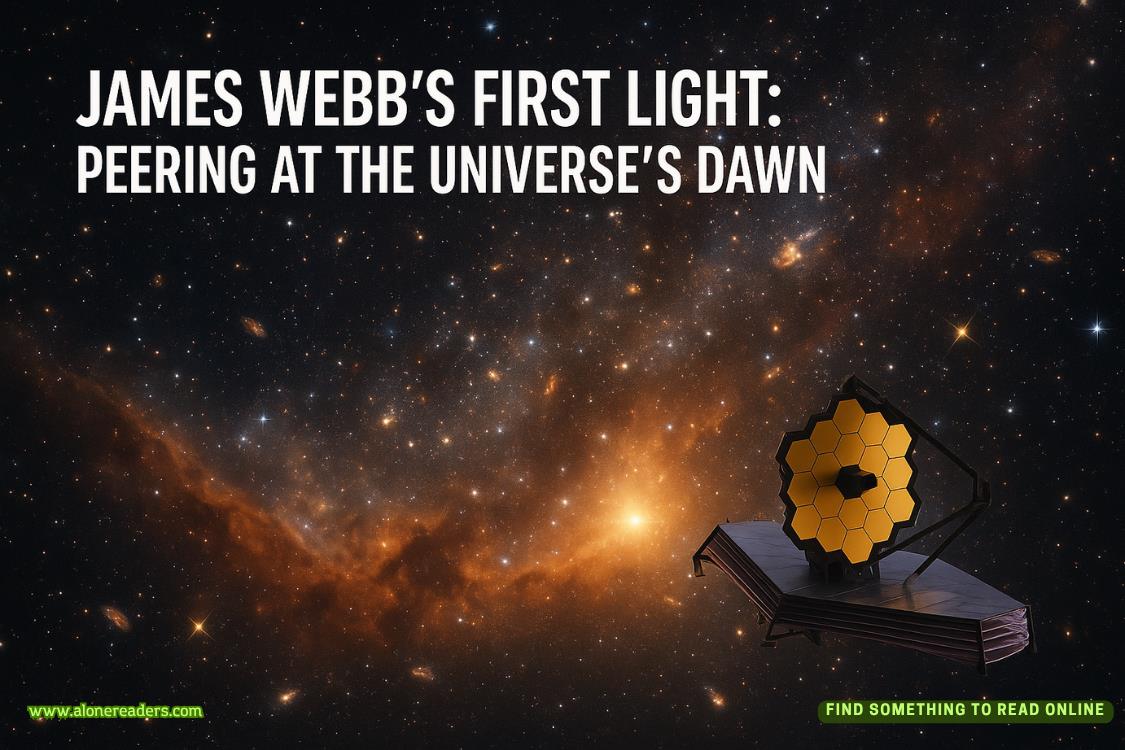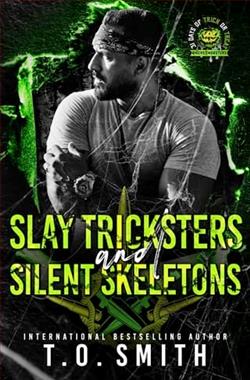Page 98 of Cry Havoc
Whatever the project was, it was being built in a not-so-secret underground facility underneath NSA headquarters. The current NSA building was completed just five years prior when Desmond had been a young employee. At nine stories high, it looked like an ugly apartment building. In front of it was a shorter building that reminded him of the most boring mall in America. The huge parking lot that seemed to go on for miles gave them space to build additional structures. And if theportrait of the future that their speaker was painting in his lecture came to fruition, they would need some very large buildings indeed.
The NSA workforce seemed to be growing at an exponential rate. Every day, Desmond saw new faces he did not recognize. Maybe it was due to the ARPA program he had heard about. A Department of Defense organization, ARPA stood for the Department of Defense Advanced Research Projects Agency and was quietly funding universities across the country in support of its experimentation with network-based computing. UCLA and Stanford were apparently at the forefront.
Today’s speaker was J.C.R. Licklider, a pioneer and innovator in Desmond’s field. The title of the lecture was “The Computer as a Communication Device,” which was also the title of his soon-to-be published paper in theJournal of Science and Technology.Licklider had been at the forefront of the interactive computer movement from the beginning and had authored the duplex theory of pitch perception. He was also the brain behind the government’s Semi-Automatic Ground Environment, or SAGE, program, which used data collected by computers to aid in military decision-making.
Desmond perked up momentarily when Licklider mentioned “Man-Computer Symbiosis,” which he thought would make for stimulating pillow talk with Clara later that evening.
Licklider wove in the potential benefits and risks of artificial intelligence replacing man’s oversight as a decision-maker. Quoting from his 1960 article, he said: “In short, it seems worthwhile to avoid argument with enthusiasts for artificial intelligence by conceding dominance in the distant future of cerebration to machines alone.”
It sounded like science fiction, but it was a good line that should impress Clara. Maybe he would use it over dinner.
The focus of the talk was the new ARPANET—Advanced Research Projects Agency Network—which Licklider proclaimed would transform the intelligence and defense landscape.
Clara would find that fascinating.
Licklider moved on to the capabilities of networked computing and what the future would look like with what he termed “internetworking,” but Desmond was only half listening. He was thinking about what Clara would be wearing when he met her in a few hours. Licklider went on to describe “nodes,” “Decentralized Network Architecture,” “Packet Switching,” and “Interface Network Processors,” as he continued to speak to the rapt audience.
Desmond was familiar with ARPANET and had heard that modems were being built underground in a new subterranean section of the NSA from which ARPANET would be monitored and maintained. That was something else that would fascinate Clara.
Desmond lacked the self-control to keep his eyes off his watch: 4:40 p.m.
Come on.
The lecture was interesting, but Clara was probably already checked into her hotel.
As Desmond continued to half-listen, the future of digital communications began to sink in. It centered around collection and decryption. So much for Henry L. Stimson, a former secretary of state who shut down the Cipher Bureau, also called the Black Chamber, a predecessor to the NSA, back in 1929, when he said, “Gentlemen do not read each other’s mail.” Desmond knew that had changed after the onset of the Second World War, when “reading each other’s mail” became a top priority for the United States government. They created the Signals Intelligence Service to do just that. Following the war, as signals intelligence collection became more complex and critical to national security, the SIS went through multiple reorganizations and restructures, first becoming the Army Security Agency and then the Armed Forces Security Agency. The organization’s growing pains in the early years of the Cold War resulted in a National Security Council directive and presidential memorandum that ultimately createdthe National Security Agency. Desmond loved the NSA’s unofficial moniker: No Such Agency. Very cloak and dagger.
Desmond, along with most of those in the building, had read Herbert O. Yardley’s 1931 bookThe American Black Chamber. Yardley had been the director of the Cipher Bureau at its inception. After an abrupt firing, he went on to expose its existence and its secrets in his bestselling book. It set off a firestorm in Washington, eventually resulting in 1933 legislation known as the Secrets Act. Officially H.R. 4220, what would become Public Law 37 crept closer to the UK’s Official Secrets Act and specified punishments for the disclosure of codes and classified information. Desmond found the thought discomforting and pushed it from his mind.
The NSA was monitoring telephone calls of everyone from Martin Luther King Jr. to Whitney Young, to Muhammad Ali, toNew York Timesreporter Tom Wicker, toWashington Postcolumnist Art Buchwald, and even those of Senators Frank Church and Howard Baker. Desmond was unsure of the legalities, but they were the NSA. If it wasn’t legal, strictly speaking, they were above the law, weren’t they? If the NSA was getting away with listening in on the phone calls of American citizens, then what was the harm in him passing off keying material that would allow Clara to progress up the ladder at her company in West Germany? And they were an ally now. If it helped her career and made him feel like a secret agent, then so be it. His reward was time between the sheets with a woman whoreallyunderstood him, someone with whom he had arealconnection.
Part of Desmond wished it was not so easy to remove keying material from the building. He would feel more like Bond if it was more difficult. His job gave him access to the classified codes needed for programming, which required him to access the NSA crypto-vault every morning. He found it odd that there was not a two-person rule like the ones followed by crews manning Minuteman missile silos and the commanding and executive officers of ballistic missile submarines. It would be so easy to implement at the NSA. He knew banks had the rule in place when openingand entering vaults and some companies mandated that two executives sign checks. It was the same with some wire transfers. He had heard rumors of a bioweapons research facility at nearby Fort Detrick, Maryland. They surely had the rule in place. You didn’t want someone leaving with a bioweapon after all.
But Desmond wasn’t leaving with something so serious as a bioweapon, was he?
His hand went to the pocket of his tweed sport coat and found the rotor reader that Clara had given him, confirming it was still there.
The device was about the size of a pack of cigarettes and easy to conceal. After entering the crypto vault, he would open the device, essentially doubling its size, and mate it with the spring-loaded contacts of the rotor cipher machine, imprinting a copy of the code into the reader. He would then close and lock the rotor reader and deposit it in the pocket of his tweed jacket. Nothing appeared any different from when he had walked into the vault.
It was seamless.
Licklider concluded his talk with a passionate declaration of a future dependent on mainframe computers and time-sharing technologies, which he described as central management hubs for the dissemination of digital information and communications. He called it a “Global Computer Network.”
If the NSA controlled those hubs, we could essentially “read everyone’s mail,”Desmond thought. Secretary of State Stimson would be horrified.
The talk concluded with a rousing round of applause. Licklider then took thirty minutes of questions, through which Desmond lightly tapped his foot and looked at his watch every other minute.
Following the final question, Licklider told the audience that he would stay to continue discussions at the front for anyone who was interested. After a second round of applause, Desmond stood and pushed his way through the crowd to exit the auditorium. He had his Hartmann attachécase in hand, so he did not need to return to his office before departing for the day.
With the events of Tet, it was easy to excuse his absences at home.“All hands on deck, Brenda. You know how it is.”
Walking through the halls toward the exit, he passed black-and-white photos commemorating the Agency’s origins and its previous headquarters at Arlington Hall Station in Virginia. Herbert O. Yardley’s photo was noticeably absent.
He tried to keep a normal pace, but thoughts of Clara in lingerie spurred him onward.
Don’t run.
As he walked across the expansive lobby to the bank of glass doors that led to the parking lot, two men in identical dark suits approached, blocking his path.

